The fight to save endangered species has become one of the most pressing challenges for environmental organizations worldwide. As habitats shrink and human activities push wildlife to the brink, conservation groups are stepping up with innovative strategies to protect vulnerable animals. Their work spans from grassroots community efforts to high-tech scientific interventions, all aimed at ensuring that future generations inherit a planet rich in biodiversity.
Habitat preservation remains the cornerstone of most conservation efforts. Organizations like the World Wildlife Fund (WWF) and The Nature Conservancy acquire critical lands to create protected areas where endangered species can thrive. These sanctuaries often become the last strongholds for animals like the Sumatran tiger or the black rhinoceros. By working with governments to establish national parks and wildlife corridors, conservationists help maintain ecosystems that might otherwise disappear to agriculture or urban development.
Beyond physical protection, scientific research plays a vital role in saving species. Conservation biologists track animal populations using camera traps, satellite collars, and genetic sampling. This data informs breeding programs for critically endangered species like the California condor or the giant panda. Zoos and specialized facilities have become modern arks, maintaining genetically diverse populations that can eventually be reintroduced to the wild when conditions improve.
Environmental groups have learned that community involvement makes conservation efforts more sustainable. In places like Kenya and Costa Rica, local residents are trained as wildlife rangers or eco-tourism guides. When communities benefit economically from protecting animals rather than poaching them, the results can be dramatic. The rebound of mountain gorilla populations in Rwanda demonstrates how empowering local stakeholders creates lasting change.
Technology has opened new frontiers in species protection. Conservation drones monitor hard-to-reach habitats, while artificial intelligence analyzes vast amounts of ecological data. Organizations like Sea Shepherd employ cutting-edge naval technology to combat illegal fishing operations threatening marine species. Even social media has become a tool, with viral campaigns raising awareness about lesser-known endangered creatures from pangolins to vaquita porpoises.
Legal advocacy forms another critical front. Groups such as the Center for Biological Diversity work through courts to secure endangered species protections and challenge harmful policies. Their lawsuits have forced governments to designate critical habitats and restrict destructive activities. International treaties like CITES (the Convention on International Trade in Endangered Species) provide frameworks for global cooperation against wildlife trafficking.
The most successful conservation efforts often combine multiple approaches. Protecting the whooping crane required habitat restoration, captive breeding, and teaching the birds migration routes using ultralight aircraft. Similarly, saving sea turtles involves beach protection, fishing regulation changes, and public education campaigns about plastic pollution. These multidimensional strategies recognize that species survival depends on addressing all threats simultaneously.
Climate change presents new challenges that require adaptive solutions. Conservationists are helping species like the polar bear and coral reefs survive in rapidly changing environments. Some organizations are experimenting with assisted migration - relocating species to areas with more favorable future climates. Others focus on preserving genetic diversity that might help species adapt naturally over time.
While the challenges are immense, conservation success stories offer hope. The recovery of species like the bald eagle, humpback whale, and gray wolf prove that concerted effort can reverse even dire situations. Environmental organizations continue to refine their methods, knowing that each saved species represents not just an animal preserved, but an entire ecosystem sustained. Their work reminds us that extinction is not inevitable - with knowledge, commitment, and collective action, we can be the generation that changes the trajectory for Earth's most vulnerable creatures.
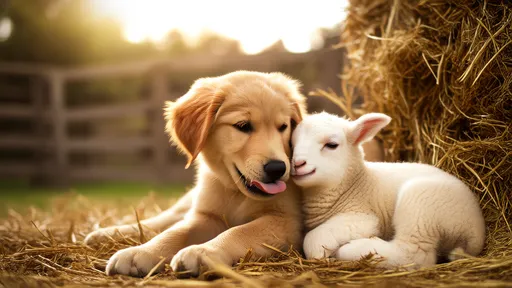
By /Aug 4, 2025
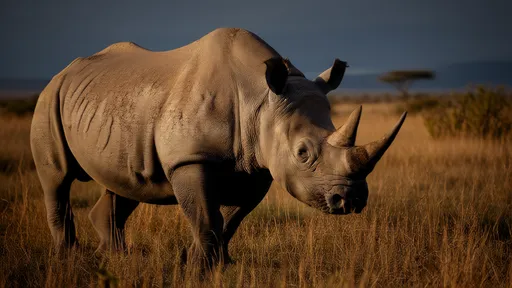
By /Aug 4, 2025
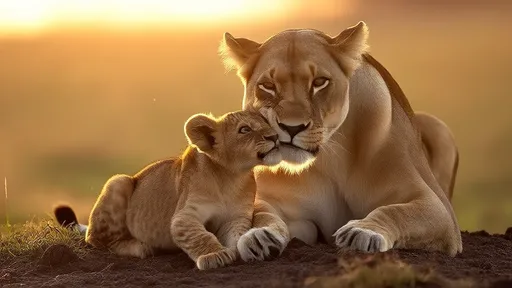
By /Aug 4, 2025

By /Aug 4, 2025

By /Aug 4, 2025

By /Aug 4, 2025
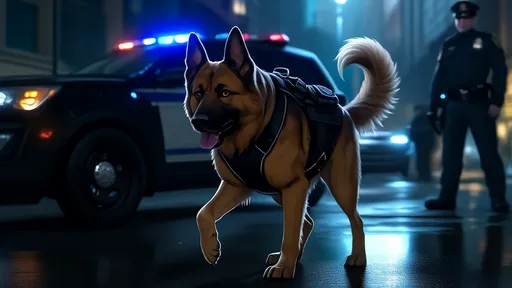
By /Aug 4, 2025
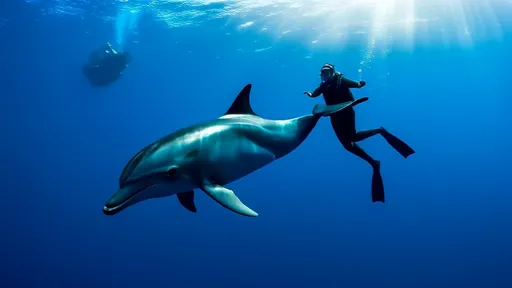
By /Aug 4, 2025
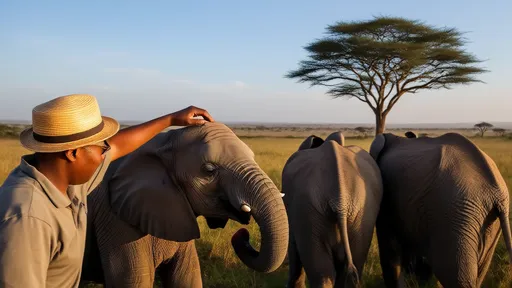
By /Aug 4, 2025

By /Aug 4, 2025
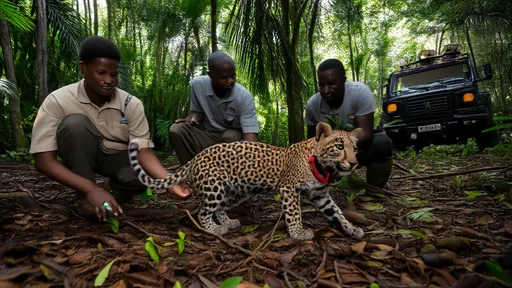
By /Aug 4, 2025
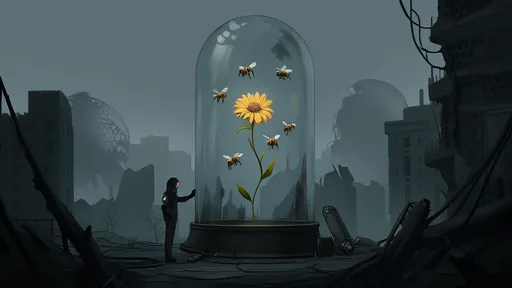
By /Aug 4, 2025
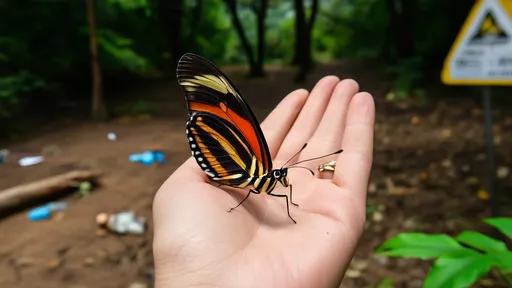
By /Aug 4, 2025

By /Aug 4, 2025
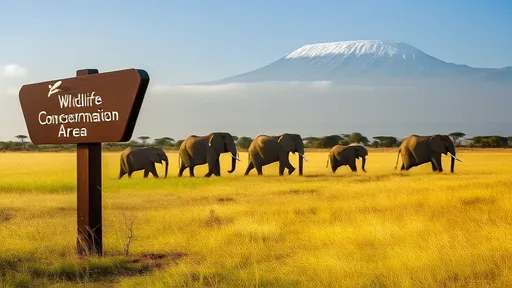
By /Aug 4, 2025
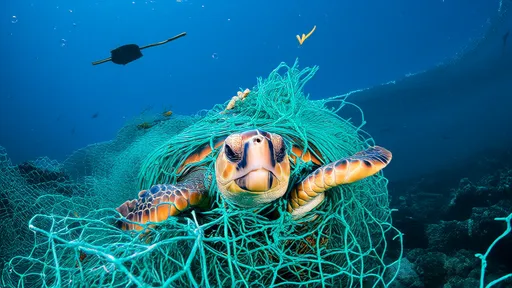
By /Aug 4, 2025

By /Aug 4, 2025
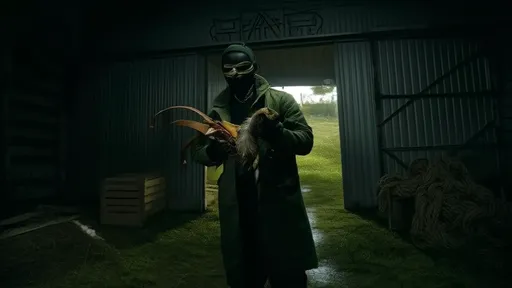
By /Aug 4, 2025
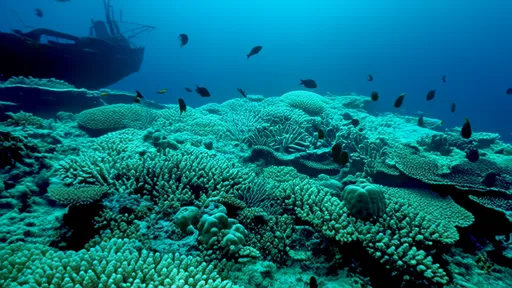
By /Aug 4, 2025
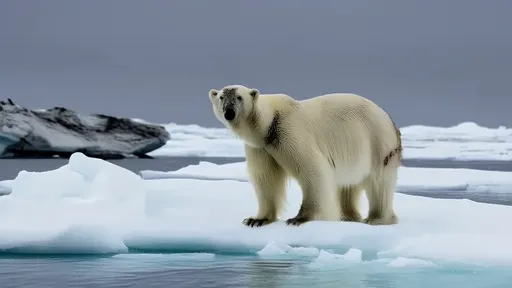
By /Aug 4, 2025